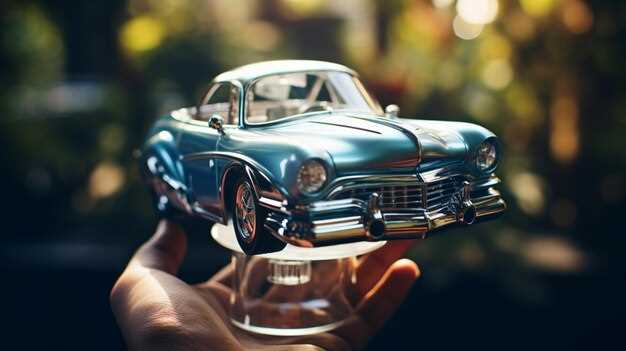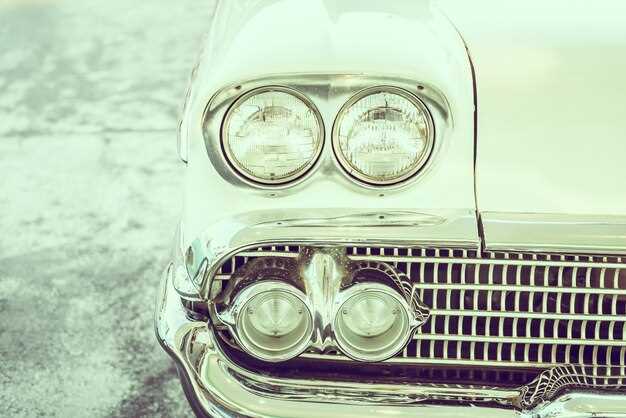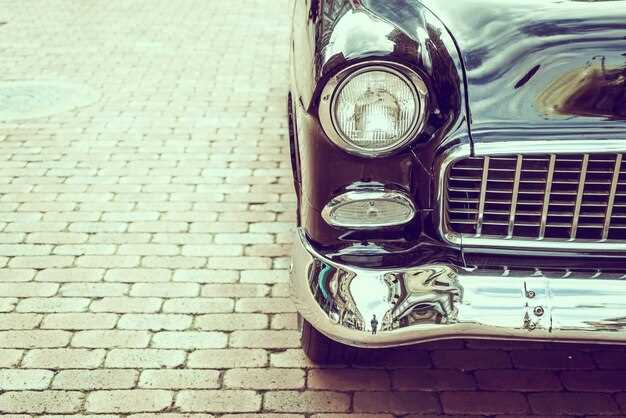
The world of classic cars is not just a realm of enthusiasts and collectors; it’s also a landscape where insurance companies delve deeply into the intricate details of each vehicle’s value. Understanding how these companies assess the worth of classic cars is crucial for any owner seeking proper coverage. This process involves meticulously evaluating various factors that contribute to a car’s significance, condition, and market demand.
When it comes to insurance, the value assigned to a classic car is rarely straightforward. Insurers consider elements such as the car’s age, rarity, originality, and historical relevance. These factors collectively inform how much a car is worth in the eyes of the market and the insurance provider. Furthermore, an accurate valuation can protect owners from potential financial losses in the event of theft, damage, or mishaps.
For many collectors, the value of a classic car extends beyond mere monetary worth. It embodies nostalgia, craftsmanship, and personal stories that make each vehicle unique. However, from the insurance perspective, a comprehensive understanding of valuation methods is essential to ensure that enthusiasts are adequately covered, reflecting both the tangible and intangible elements of their prized possessions.
Understanding the Market Value of Classic Cars for Insurance Purposes
Determining the market value of classic cars is critical for insurance companies to provide accurate coverage options. The value assigned to a classic car directly influences the insurance premiums and claims in case of loss or damage. Various methods are used by insurers to assess this value, considering factors such as the car’s model, make, year, condition, and rarity.
One common approach involves conducting a comparative analysis with similar vehicles currently valued in the market. This method takes into account recent sales and auction results, along with listings from classic car dealerships. Insurers also examine historical data to establish a baseline value, which assists in understanding the fluctuations in the classic car market.
Additionally, professional appraisals can enhance value assessments. Experts in classic cars evaluate the vehicle’s condition and originality, helping to refine the financial worth. This in-depth evaluation often considers modifications, restoration quality, and maintenance history, ultimately establishing a precise value that insurance companies can rely on.
Moreover, insurance companies may use specialized valuation tools and databases that catalog classic cars. These resources offer detailed information that can influence the perceived value, ensuring that both the insurer and the insured agree on the appropriate coverage amounts. Understanding these valuation methods not only helps classic car owners secure suitable insurance but also safeguards their investments for the long term.
Common Methods Used by Insurers to Assess Classic Car Value

Insurance companies utilize several methods to determine the value of classic cars. One of the primary approaches is the comparative market analysis, where insurers evaluate recent sales of similar vehicles to ascertain a fair market value. This process involves studying auction results, classifieds, and listings to find vehicles that match in make, model, condition, and year.
Another common method is the appraisal by certified experts. Insurers may require a professional appraiser to conduct a thorough inspection of the car. Appraisers consider various factors, including the car’s originality, restoration quality, and overall condition, which significantly influence its value. This method provides a more personalized assessment, especially for unique or rare vehicles.
Some insurance companies also rely on valuation guides and databases specific to classic cars. These resources compile data on vehicle prices based on historical sales trends, market demand, and collector interest. Insurers reference these guides to quickly gauge a car’s value, though they often supplement this information with additional assessments for accuracy.
Another aspect insurers may consider is the vehicle’s provenance, which refers to its history of ownership, maintenance records, and any notable features. A documented history can enhance the car’s appeal and value significantly. Insurers recognize that a well-documented classic car may fetch a premium in the market.
Finally, insurers may use a combination of these methods for a comprehensive evaluation. By balancing market comparisons, expert appraisals, valuation guides, and provenance assessments, insurance companies aim to establish an accurate and fair value for classic cars, ensuring that owners are adequately covered in case of a loss.
Impact of Car Condition and Restoration on Insurance Valuation

The condition of a classic car plays a crucial role in determining its insurance value. Insurers evaluate the state of the vehicle, including its mechanical functionality, exterior appearance, and interior quality. A well-preserved car with original components tends to fetch a higher valuation than one that has seen extensive wear or neglect. Insurance companies often employ specific methods to assess these elements, ensuring a fair representation of the vehicle’s worth.
Restoration efforts can significantly influence insurance valuations. A car that has undergone professional restoration is often valued higher, especially if the work is documented with receipts and photographs. However, the quality of restoration matters greatly. A poorly executed restoration can diminish the vehicle’s value, while a high-quality, authentic restoration can enhance it. Insurers will consider both the initial condition and the extent of any restoration performed when determining the vehicle’s value.
Moreover, modifications during restoration can also impact the insured value. Custom changes may either increase desirability, thereby increasing value, or detract from the car’s authenticity, which might lower it. Insurance companies aim to balance these factors, using their established criteria to arrive at a value that reflects both market conditions and the specific attributes of the vehicle.
In summary, the overall condition and quality of restoration of a classic car are vital components in insurance valuation. Insurance companies rely on comprehensive assessments, taking into account both the method of restoration and the resulting value to provide accurate insurance coverage.


